Are you considering the purchase of a horse? Try adopting a wild horse from the Bureau of Land Management. They have an abundance of wild horses that are sensitive and willing. Must be a person of practical senses to ensure safety. Kini offers readers her experiences and stories as an amatuer horse trainer to help others consider adopting. See my website at http://kinispolarbear.bravehost.com for photos and other info.
In 1981, 25 years ago, I saw images of wild horses cramped together in tight uninhabitable fenced in living quarters. It was a dreadful sight. The horses appeared to be emaciated and roughed up. I knew someday I just had to save one. My dream turned into action when I went to visit the wild horse sanctuary in Shingle Town, California.
19 years later I adopted two wild horses. Pokey, my bay mustang , comes from a herd likely originating from historical ranching operations. This herd is made up primarily of blacks and bays with some pinto individuals. It is in an area that is in the middle of the Bitner herd area that lies in northern Washoe County, Nevada about 40 miles east of Cedarville, CA. and the Buckhorn herd area located 40 miles southwest of Cedarville, CA in Lassen County, CA and Washoe County, NV.
Some of the horses in the Bitner herd area exhibit Spanish mustang characteristics. This area contains horses thought to originate from Spanish stock, diluted with ranch stock and US Cavalry Remounts prior to and during World War I. The influence of the US Cavalry Remount program is especially apparent in these horses. Predominant colors in this herd are blacks and bays with some pinto individuals.
To add to the multi-mixture of breeds, ranchers in several areas of Nevada, turned loose many breeds including Shires, Percherons, Hambletonians, Morgans and Irish stallions and mares to set a standards and patterns in the herds that roamed nearby. As the cavalry, ranchers or miners demanded horses, many were trapped and trained.
Pokey is small and she appears to be aloof. People have noticed her outstanding gait. She seems like she is about to fall asleep right at your feet. But, by any means is not so. In her mind, she is a big horse and she will provide a ride that you'd never forget. Once she senses that she can make you laugh, she puts on her best. Alert and attentive of everything.
Pokey has come along way from when I first adopted her. At first she would charge at you if you came into her space. Touching her face was the last thing. Once we had to tranqualize her to put on a harness and that didn't work. So, I turned my single horse trailer into a wild horse chute. It didn't have a roof on it and there was no where she could go once she was tricked with grain to get in. The wild horse teachers don't really recommend that because they use other techniques. But, to me grain is a God's gift for training wild horses. My wild horses do anything for it. Later you can wean them off it and they won't need it anymore once they trust you.
If you don't have time, just feeding them in the morning and evening will eventually cause them to trust you. I like giving wild horses a solid foundation with time. Especially if your an amateur like me. (You can always use that excuse if the cowboys start challenging your toughness.)
The High Rock herd area is located about 45 miles north of Gerlach, NV and 45 miles southeast of Cedarville, CA. and it adjoins the Calico Mountains. It is managed as 2 separate home ranges. That is where my "Big Boy " comes from.
The Spaniards set up breeding colonies to develop the Peruvian Paso, the Puerto Rican Paso Fino, the Missouri Foxtrotter, the Rocky Mountain Horse, The Kentucky Mountain Horse, and even the American Quarter Horse. Thousands of these horses were released during the Great Pueblo Revolt of 1680. Many scattered into California from Baja and Mexico and upward into Northern California.
Big Boy is "a big yellow horse". (His real name is Ranger Benjii, a 6 1/2 hands Palomino w/ paint going up his hocks) He stretches his hind legs out when I groom him. People have determined that those characteristics could be Fox Trotter. When he escapes from me into the mountains I have to hunt him down. I've been lucky that I can distinguish him among all of the other yellow dots in the environment.
We now have established a game called, "hard to get" (horse trainers call it a "bad habit"). He wants to get caught, but he just has to make me run around for awhile. So, now we have a sports game that we play. Sometimes, I can see him with my perefial vision running back and forth trying to get my attention. He does better when I pretend he's not there. Ranger Benjii is my spoiled child that does no wrong. We see eye to eye about alot of things. I have been reprimanded by horse trainers for allowing him to lead me.
When I first adopted my Big Boy from the Palomino Valley BLM, the officers highly advised me not to. The Palomino Valley BLM is great. They really cater to their prospective adoptees. They give you posters, pencils, magnets, postcards, coffee cups and they drive you around in their government trucks from pen to pen while you choose the horse you want. You must choose several. When you get back to the office, you figure out the one you are going to adopt.
I chose my big boy because of the paint going up his hocks. That was all that I could see. Nothing else. After they put him in quarantine for 30 days I went to pick him up. The officers advised me that he was too high strung and nervous. They took me to his pen so that I could check him out. It was the first time I really got a good look at him. He was trying to hop over 10 foot walls and pacing back and forth like a lion. I told the officers that I had nothing but time with him and then I took him home.
Stay tuned for the story about the
Sheriff's Posse and my mongrel, Pokey, at http://mustangzone.blogspot.com
Article Tags:
Wild Horses, Wild Horse, Herd Area

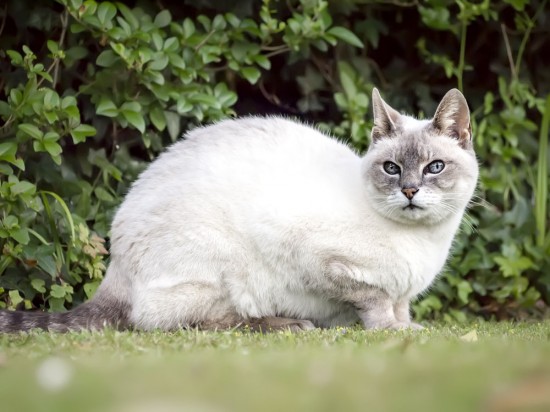 The Top Five Most Commonly Overlooked Health Problems In Cats
The Top Five Most Commonly Overlooked Health Problems In Cats
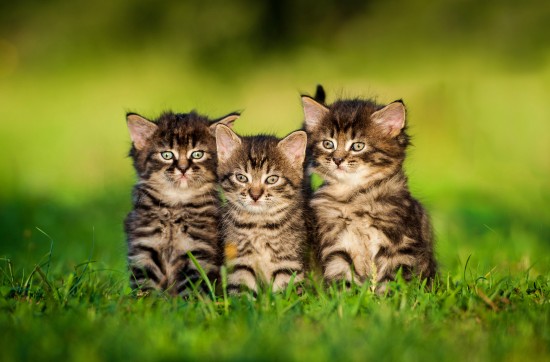 6 Health Issues To Watch For In Young Kittens
6 Health Issues To Watch For In Young Kittens
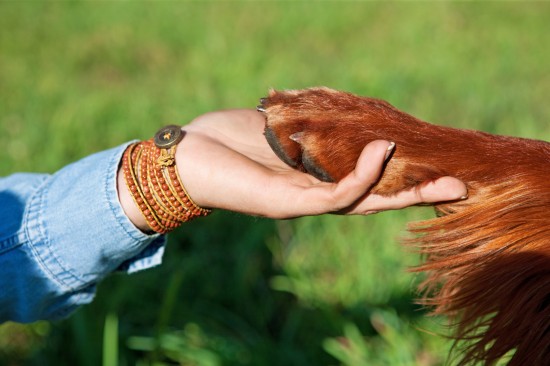 Problems With The Achilles Tendon And Calcaneus In Dogs
Problems With The Achilles Tendon And Calcaneus In Dogs
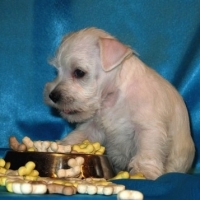 Dog Food - How To Compare And Get Best Value For Money
Dog Food - How To Compare And Get Best Value For Money
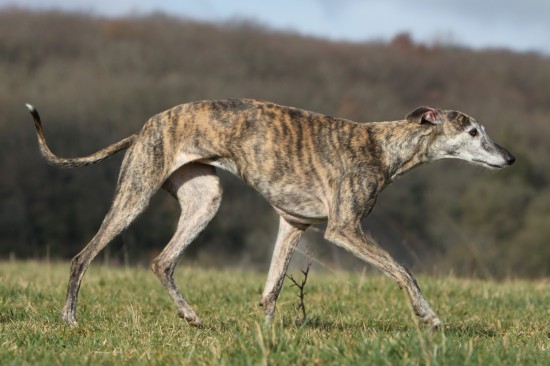 Understanding The Different Gaits Of The Dog
Understanding The Different Gaits Of The Dog
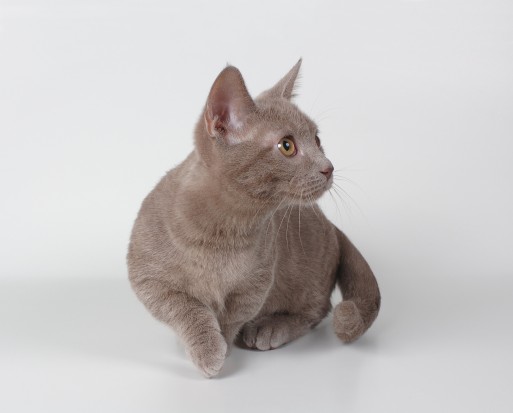 The Munchkin Cat - An Unusual Breed!
The Munchkin Cat - An Unusual Breed!
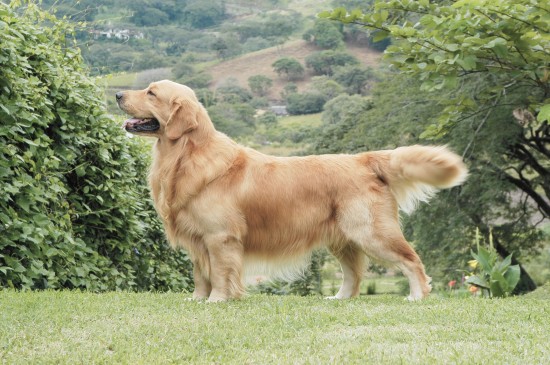 How To Find & Choose The Best Stud Dog
How To Find & Cho
How To Find & Choose The Best Stud Dog
How To Find & Cho
 Lazy Dogs - The Five Laziest Dog Breeds
Lazy Dogs - The F
Lazy Dogs - The Five Laziest Dog Breeds
Lazy Dogs - The F
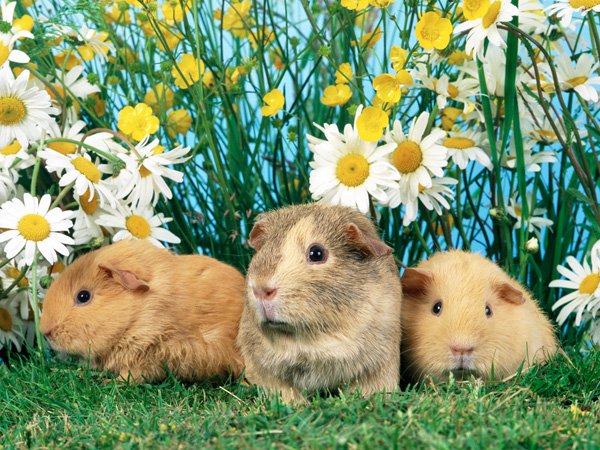 Search and locate a safe place for the pet when you are away
Search and locate a safe place for the pet when you are aw
Search and locate a safe place for the pet when you are away
Search and locate a safe place for the pet when you are aw
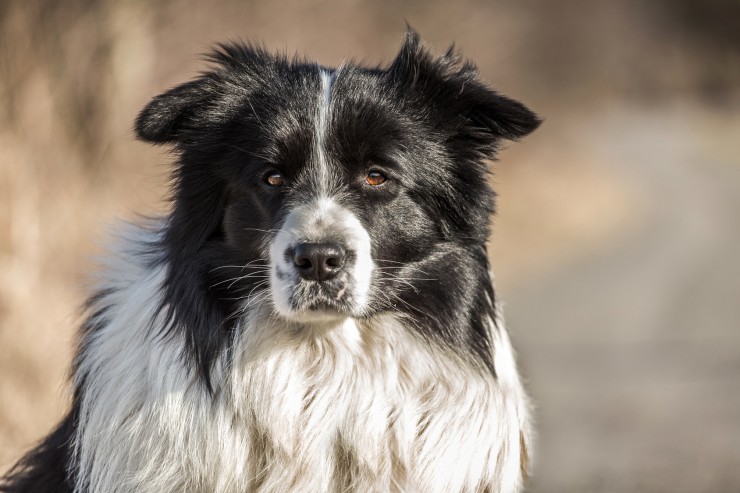 The Life Expectancy Of Epileptic Dogs
The Life Expectan
The Life Expectancy Of Epileptic Dogs
The Life Expectan
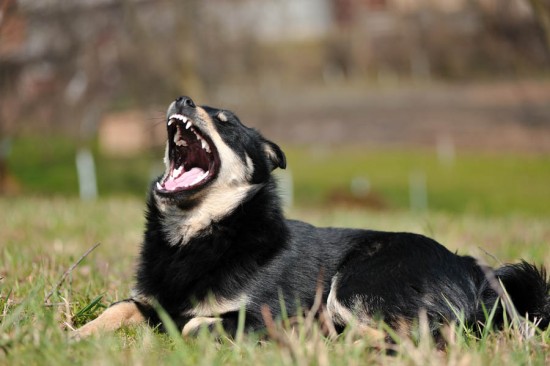 Dog Barking - How To Stop Your Dog From Barking
Dog Barking - How
Dog Barking - How To Stop Your Dog From Barking
Dog Barking - How